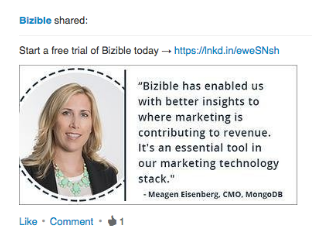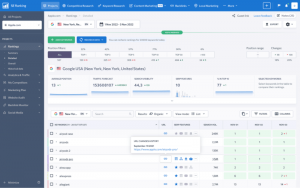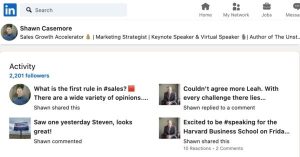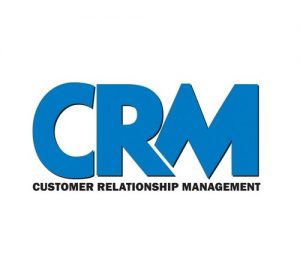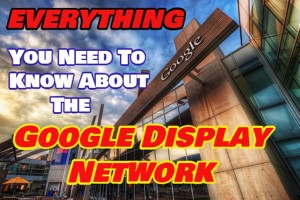LinkedIn has become one of the most effective B2B marketing channels. In fact, according to a 2015 benchmark report by Content Marketing Institute and MarketingProfs, LinkedIn has been the top social media channel for B2B content distribution for the last three years, edging out Facebook and Twitter.
Because of its origination as a professional job-seeking network, and its subsequent development as a social network, it offers powerful professional targeting capabilities for B2B marketers that are unmatched by other marketing channels.
With maturing ad products, that now include ways to execute on account-based marketing strategies, we believe that it is worthwhile for marketing organizations to develop sophisticated LinkedIn strategies.
What holds marketers back from unlocking the full potential of LinkedIn ads, however, is that they still focus on optimizing their efforts for clicks and leads. While these are useful indicators, revenue is a better metric for developing effective LinkedIn ads. Optimizing for revenue over clicks and leads is the key to a pipeline marketing strategy and B2B marketing success.

LinkedIn is an important part of our marketing channel mix. As our marketing has expanded, we have continued to increase our investment in LinkedIn ads.
Along the way, we have learned a lot, from how to create and test effective ads to developing effective target audiences, managing bids, and optimizing based on revenue. These learnings, and our continuous optimization based on revenue, have contributed to LinkedIn being a big component in our company’s growth.
However, the real key to our success with LinkedIn — and the reason we are confident in our learnings — is the accurate and advanced measurement of our ad performance.
Through the precise and methodical use of UTM parameters that integrate with our smart attribution solution, we can see exactly how each campaign and specific ad performs in terms of leads, opportunities, and revenue. Using this data, we are able to make confident decisions about whether to continue experiments, double-down on them, or stop running them.
Here’s an example of a campaign that began as a test, but because the data showed its positive impact on revenue and ROI, has developed into a key component of our LinkedIn strategy.
Bottom-of-the-funnel ads
Most marketers view Social (LinkedIn included) as primarily a top-of-the-funnel marketing channel. We used to, as well. But when we switched from a first-touch attribution model to a multi-touch attribution model, we realized that we had been overvaluing LinkedIn’s downstream impact on revenue. In short, this caused us to rethink our LinkedIn strategy and experiment with ways to use LinkedIn ads throughout the entire funnel.
When we tested bottom-of-the-funnel ads, we found it to be very successful. These ad campaigns are targeted towards more qualified buyers who have already shown a significant amount of interest in our product. It’s a very targeted campaign, sometimes being shown to just a couple thousand LinkedIn members.

We have spent about $ 5,000 on this ad campaign and it has resulted in over 7x return on investment in the pipeline using a W-shaped attribution model. The headline — “Start a free trial of Bizible today” — is targeted to where the audience is in the buyer journey. This qualification is more likely to resonate with this particular audience, and get the click. We also used a simple graphic that added context to the offer.
There is a lot that goes into creating effective ads on LinkedIn and getting the most out of the platform in terms of revenue and ROI. To get the complete Guide to Cracking the LinkedIn Ads Platform, which includes a step-by-step breakdown as well as more of our own examples and learnings, download the ebook below.
Digital & Social Articles on Business 2 Community
(62)
